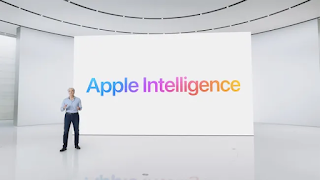 |
| Photo: Google |
In a move that may impact the viewing experience of millions of users, Google TV's free streaming channels are poised to incorporate unskippable advertisements in the future. This development is likely to have significant implications for the streaming landscape, as consumers increasingly rely on ad-supported services to access their favorite content.
The Rise of Ad-Supported Streaming
The proliferation of streaming services has led to a surge in ad-supported models, which offer users free or low-cost access to content in exchange for watching advertisements. Google TV's free streaming channels, which provide users with a range of live and on-demand content, have become increasingly popular in recent years. However, the introduction of unskippable ads is likely to alter the dynamics of this ecosystem.
Unskippable Ads: A New Reality for Viewers
The incorporation of unskippable ads on Google TV's free streaming channels means that users will no longer be able to bypass commercial breaks. This change is expected to generate significant revenue for Google and its content partners, but may also lead to a decline in user engagement and satisfaction. Research has shown that users are increasingly averse to watching ads, with many opting for ad-free subscription services or employing ad-blocking technologies.
Implications for the Streaming Industry
The introduction of unskippable ads on Google TV's free streaming channels has far-reaching implications for the streaming industry as a whole. As more services adopt ad-supported models, users may begin to expect a certain level of advertising intrusion. This could lead to a shift in consumer behavior, with users seeking out ad-free alternatives or adapting their viewing habits to minimize exposure to commercials.
Google's Monetization Strategy
Google's decision to introduce unskippable ads on its free streaming channels is likely driven by a desire to monetize its vast user base and generate additional revenue streams. The company has been investing heavily in its streaming services, including the development of original content and the expansion of its channel offerings. The introduction of unskippable ads is a key component of this monetization strategy, enabling Google to capitalize on its vast audience and generate significant revenue.
Conclusion
The introduction of unskippable ads on Google TV's free streaming channels marks a significant shift in the streaming landscape. While this development is likely to generate revenue for Google and its content partners, it may also have implications for user engagement and satisfaction. As the streaming industry continues to evolve, it remains to be seen how users will respond to this change and whether alternative ad-free models will emerge as a result.






